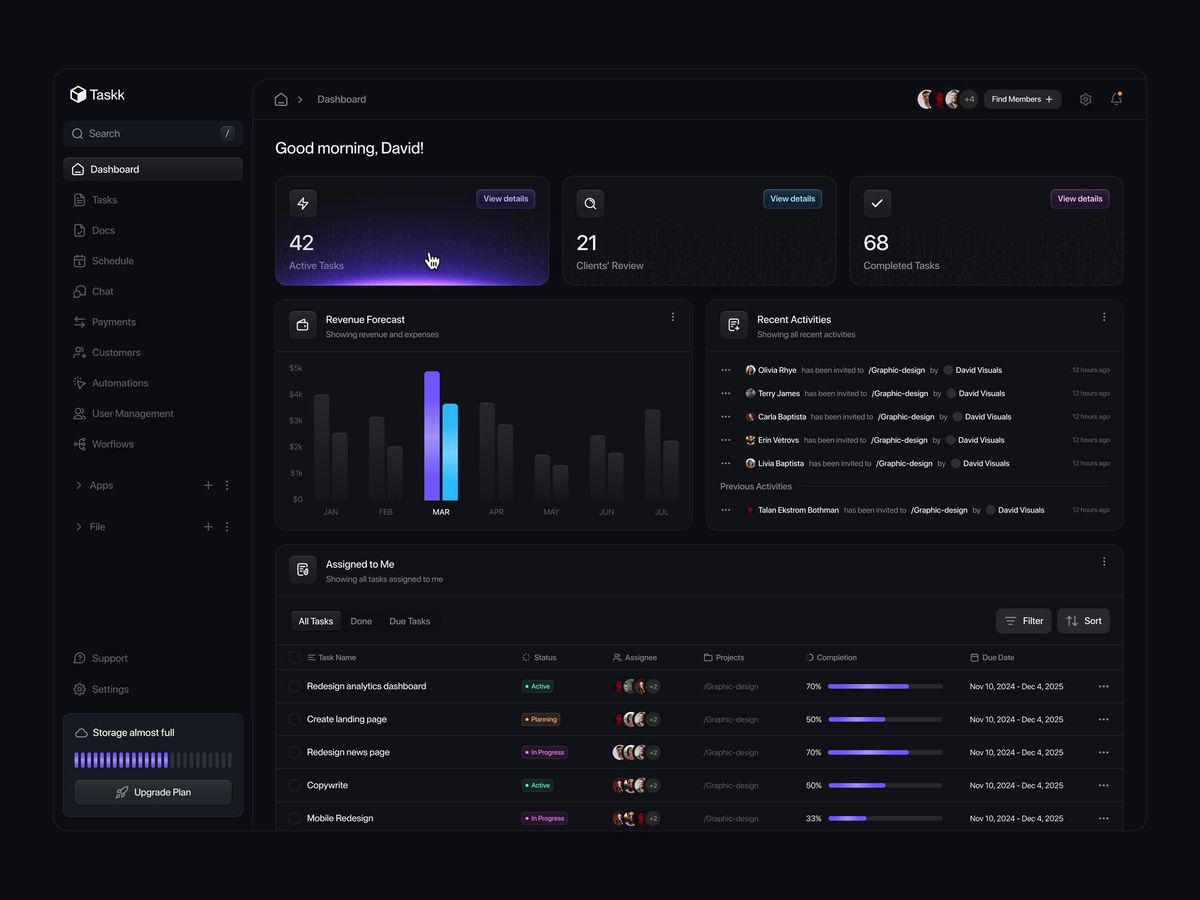Available for Work
Case Study: Mixture of Usecases – Pioneering AI Innovation During a Career Pivot
Introduction
In 2022, I founded Mixture of Usecases, an AI agency that marked my transition from Software Engineer (SWE) to AI-focused leader. Throughout this venture, I built specialized AI agents, created automations, and streamlined AI tools with Model Context Protocol (MCP) servers—reducing execution time by 70%. I also launched three SaaS products that generated $70,000 in annual recurring revenue (ARR). This case study shows how I transformed a career pivot into a laboratory for technical innovation and business impact, paving my path toward Senior Technical Product Management.
The Challenge: From Code to AI Leadership
After leaving my traditional SWE role, I saw potential in creating AI solutions for specific industries. The challenge was complex: design custom AI agents for vertical markets, automate client workflows, simplify tool integration, and build a sustainable business—all while developing AI leadership skills. Despite no agency experience, I relied on my technical expertise to pursue these goals, focusing on delivering client value and validating my career transition.
Solutions and Execution
- Building Vertical AI Agents I developed specialized AI systems for specific industries. For retail, I created an AI customer support agent using Large Language Models (LLMs), connected to MCP servers for real-time order data. For manufacturing, I built a predictive maintenance agent to detect equipment issues early. These solutions combined my SWE expertise with emerging AI techniques, ensuring both scalability and accuracy. The impact was clear: one retail client reduced support tickets by 50%.
- Creating Automations I improved client efficiency through targeted automations. Using platforms like OpenAI and Make.com, I built a lead generation chatbot that reduced response times from hours to seconds, and created a workflow tool that streamlined logistics operations. These solutions saved clients over 1,000 hours annually—a benchmark-backed achievement that demonstrated real client value beyond mere code.
- Simplifying AI Tools with MCP Servers I identified AI tool integration as a major bottleneck, with slow execution times due to scattered data access. By implementing MCP servers—an open standard for connecting AI models to data sources—I turned this challenge into an advantage. The customer support agent’s response time dropped from 10 seconds to 3, showing a 70% improvement and highlighting my system optimization skills.
- Launching Three SaaS Products To create recurring revenue, I developed three targeted SaaS products: an AI analytics dashboard for small businesses, an automated customer support platform, and an AI content generator for marketers. Each product served a specific market niche with a subscription model, built on our agency’s core technology. Through lean development and quick iterations, these products reached a combined ARR of $70,000 in their first year, validating both the technical approach and business strategy.
Outcomes and Impact
The metrics told a compelling story. Our vertical AI agents delivered concrete results, exemplified by the 50% drop in support tickets for our retail client. Automations boosted efficiency, saving clients over 1,000 hours yearly. MCP server integration slashed execution time by 70%, enhancing our competitive edge. The SaaS products’ $70,000 ARR established a strong growth foundation. Together, these achievements transformed Mixture of Usecases into a testament to my AI leadership capabilities, connecting my SWE background to my future in product management.
Lessons Learned
This journey revealed three crucial insights:
- Technical Depth Fuels Innovation: My SWE background enabled me to master complex AI systems—like MCP servers—and uncover solutions others might miss.
- Client Impact Drives Success: Focusing on measurable outcomes (e.g., hours saved, tickets reduced) established lasting client relationships.
- Adaptability is Leadership: Starting an agency during a career transition demanded rapid learning and decisive action—skills essential for product management.
Conclusion
Mixture of Usecases served as the catalyst for my transformation from SWE to AI leader. Through developing vertical AI agents, automations, and SaaS products—enhanced by MCP servers—I achieved more than career growth; I delivered tangible client value and demonstrated leadership in a dynamic field. These experiences showcase my ability to combine technical expertise with strategic thinking as I pursue Senior Technical Product Management.
